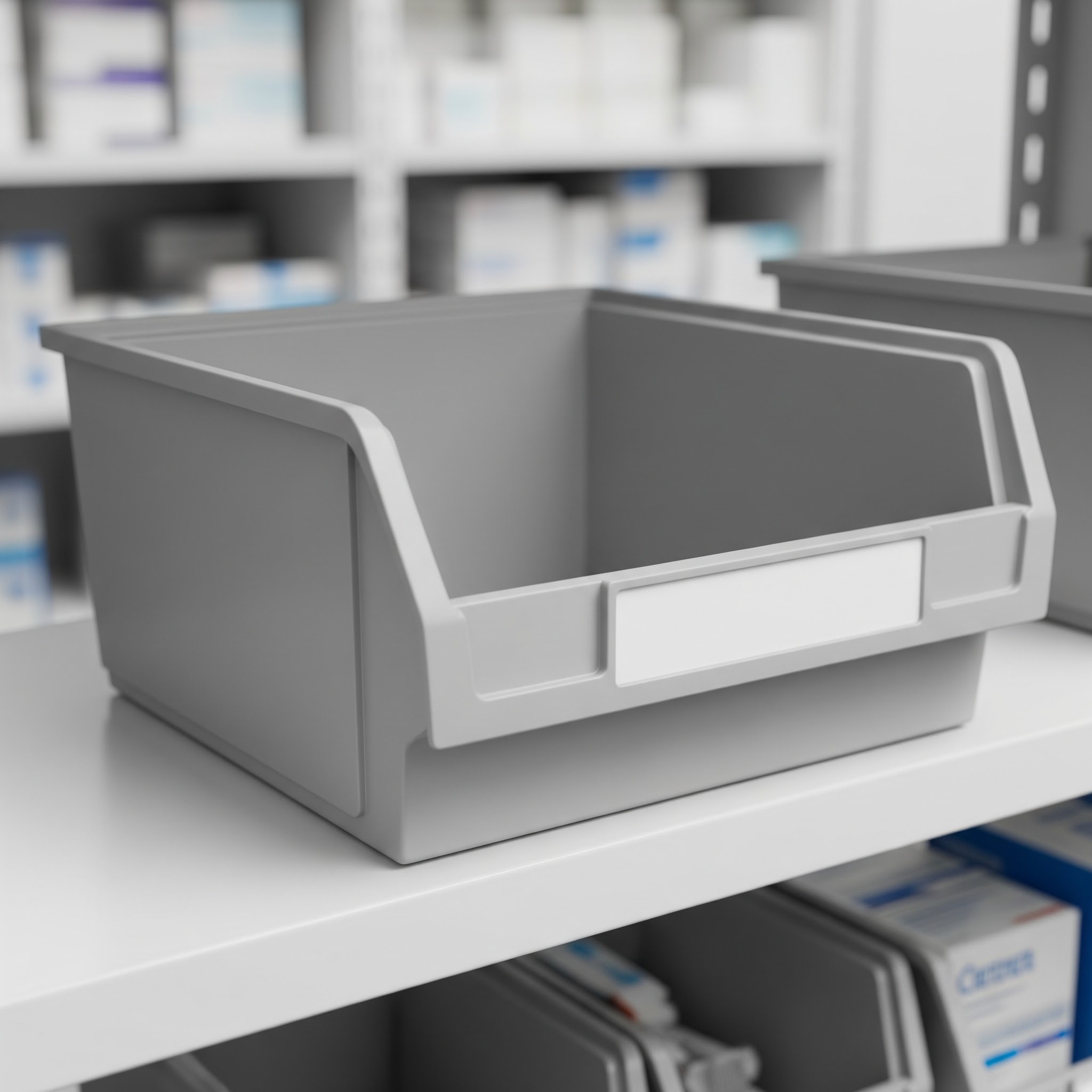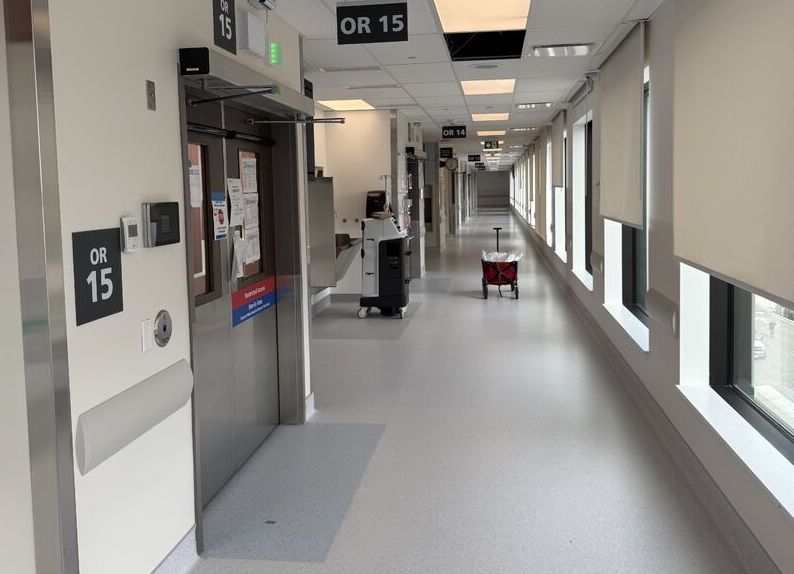This is a guest post from Forsyth Healthcare Director Shad Forsyth.
When it comes to selecting medical carts and storage solutions, buyers bring impressive expertise and knowledge to the table. Yet, if there’s one piece of advice I could give every buyer (whether a purchasing manager, clinical leader, or supply chain professional) it’s this: your best resource isn’t just the specs on paper or the sales pitch of the latest product. It’s the clinicians who will use these carts every day.
Clinicians Know Their Needs Best
Clinicians work on the frontlines. They know the pace of care, the types of supplies they need at the point of use, and the challenges that arise in tight hospital corridors or busy patient rooms. While buyers often focus on price, durability, and vendor credibility, the real key is understanding the clinical workflow: How will the cart be used? What features reduce errors or wasted time? Will the storage design support proper item rotation and accessibility?
Many times, a cart that looks perfect on paper falls short because it wasn’t designed with real practitioner input. The weight, size, compartment layout, mobility, and even surface materials all matter, and these are the details clinicians live with daily.
The Importance of Genuine Consultation
Before even starting to look at products, holding a genuine consultation with those who’ll use (and maintain) medical carts can reveal crucial insights. This is not just a quick Q&A; it’s an in-depth conversation. What are their pain points? What storage or mobility challenges slow them down or add risk? Is there a preferred workflow or stock rotation method they rely on? What situations demand extra safety features or easier disinfecting?
This kind of consultation ensures the chosen solution is a tool that integrates seamlessly into care delivery. It prevents costly mistakes like overbuying, choosing the wrong configuration, or facing usability frustrations after purchase.
Buyer’s Role: The Bridge
Buyers play a critical role as the bridge between clinical needs and vendor offerings. Your expertise helps balance budget, compliance, and logistics, but clinicians hold the insights for usability and patient safety. Collaborate early and often. Involve end users throughout the selection process. Pilot options if possible. By making consultation the foundation, you get solutions that aren’t just “good enough” but truly support excellence in care.
Beyond the Workflow
Remember, carts and storage aren’t a commodity. Once you have clarity on the needs of the clinical team, finding a supplier you can trust will help ensure you find the right equipment, not just what’s available. This might mean finding a vendor who supplies multiple carts and storage brands and aren’t solely there to promote their own. Not all cart and storage vendors are created equally – take the time to find a partner who operates without bias and is willing to truly listen to what your project needs. Buyers, planners and clinical teams have consistently expressed this need to us over the years. This feedback has driven the Forsyth team to cultivate expert-level knowledge across the 20+ brands we offer, ensuring we can always recommend the ideal product to meet each customer’s specific requirements.
Final Thought
Next time you start the purchase process for medical carts or storage, pause to ask: Have I truly heard from the people owning the workflow? Because no matter how knowledgeable a buyer you are, nothing replaces listening to clinicians who know exactly what they need to deliver the best care.



